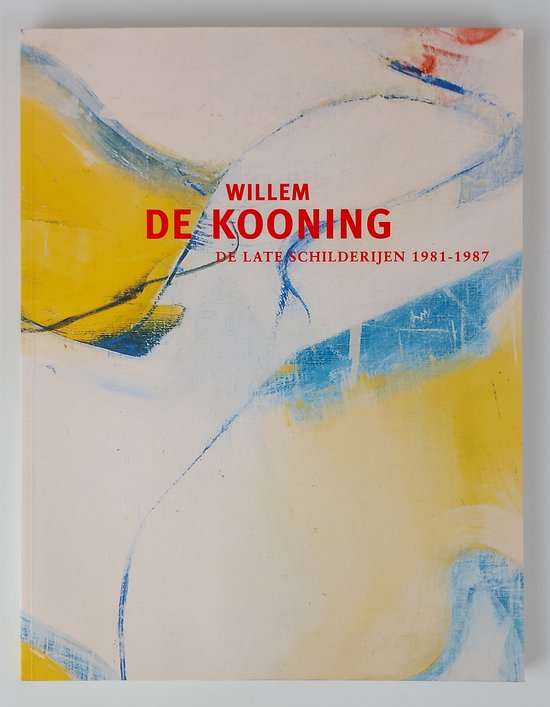
Willem De Kooning Nonstop
In the early 1950s, Willem de Kooning's Woman I and subsequent paintings established him as a leading member of the abstract expressionist movement. His wildly impacted brushstrokes and heavily encrusted surfaces baffled most critics, who saw de Kooning's monstrous female image as violent, aggressive, and ultimately the product of a misogynistic mind. In the image-rich Willem de Kooning Nonstop, Rosalind E. Krauss counters this view with a radical rethinking of de Kooning's bold canvases and reveals his true artistic practices. Krauss demonstrates that contrary to popular conceptions of de Kooning as an artist who painted chaotically only to end a piece abruptly, he was in fact constantly reworking the same subject based on a compositional template. This template informed all of his art and included a three-part vertical structure; the projection of his male point of view into the painting or sculpture; and the near-universal inclusion of the female form, which was paired with her re-doubled projection onto his work. Krauss identifies these elements throughout de Kooning's oeuvre, even in his paintings of highways, boats, and landscapes: Woman is always there. A thought-provoking study by one of America's greatest art critics, Willem de Kooning Nonstop revolutionizes our understanding of de Kooning and shows us what has always been hiding in plain sight in his work.
| Auteur | | Rosalind E. Krauss |
| Taal | | Engels |
| Type | | Hardcover |
| Categorie | | Kunst & Fotografie |





